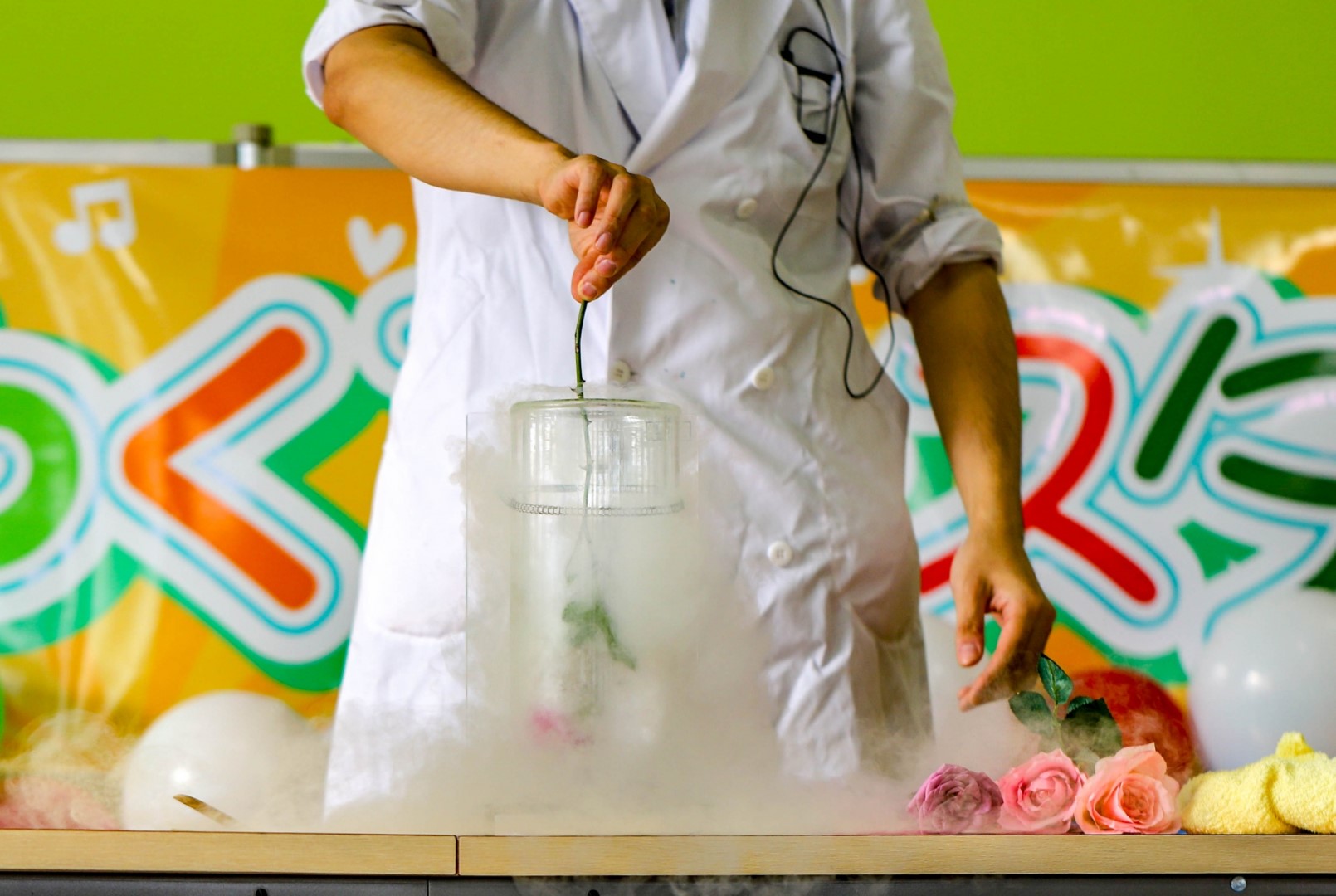What is the difference between flash freezing and quick freezing? About machines and freezing methods

This article focuses on the term “flash freezing,” which is often used in freezing, and introduces its commonly used meaning and freezing methods.
Contents
What is flash freezing? Freezing with liquid nitrogen?
The term “flash freezing” conjures up images of the kind of instantaneous freezing seen in movies, where anything you touch is immediately frozen, but since “quick freezing” of food is generally within 30 minutes, it is rare to actually see things frozen in an instant.
The coldest of all freezing methods is liquid nitrogen (boiling point -196°C), and the fastest way to do this is to soak the food directly in it. This is the closest to “flash freezing” that can be considered. It is often used by universities and research institutes, but it is dangerous to handle and evaporates at -196°C, so it is not practical to use it for freezing food in the form of soaking.
Nitrogen gas refrigeration

There are also devices that spray liquid nitrogen as a gas (about -100°C) and use it in food freezing. It is called liquefied nitrogen freezing or nitrogen gas freezing (both are the same), and it is a device that blows nitrogen gas inside a freezer or tunnel freezer to freeze food, making it possible to produce high quality frozen products very quickly. If IQF (bulk freezing) is essential and you want to produce high quality products quickly at a high cost, you may want to consider this method.
Difference between “quick freezing” and “nitrogen gas freezing
The biggest difference between airblast “quick freezing” and nitrogen gas freezing is that while regular quick freezing is a freezing method in which air is cooled and sprayed onto the target product, nitrogen gas freezing is a freezing method in which liquefied nitrogen is sprayed onto the product. The advantages of nitrogen gas refrigeration are faster freezing and lower initial costs for the machine itself. This is because there is no need for a mechanism to circulate refrigerant gas, so the machine can be made simply. The disadvantage is that thicker products are prone to cracking (cracking). Since this is a very low-temperature freezing method, the hardened surface may not be able to hold up when the internal part expands, causing it to crack. Another disadvantage is that the running cost is high, and since liquefied nitrogen is continuously sprayed and frozen, it is necessary to have the distributor replenish it periodically.
Freezing method similar to “flash freezing
Liquid freezing” is an option that is not quite instantaneous, but it is the next fastest method of high-quality freezing. This method of freezing by immersing the product in a chilled alcohol solution provides faster and higher quality freezing than conventional air-blast rapid freezers, and running costs are lower because the temperature range does not need to be as low as that of conventional air-blast rapid freezers.


